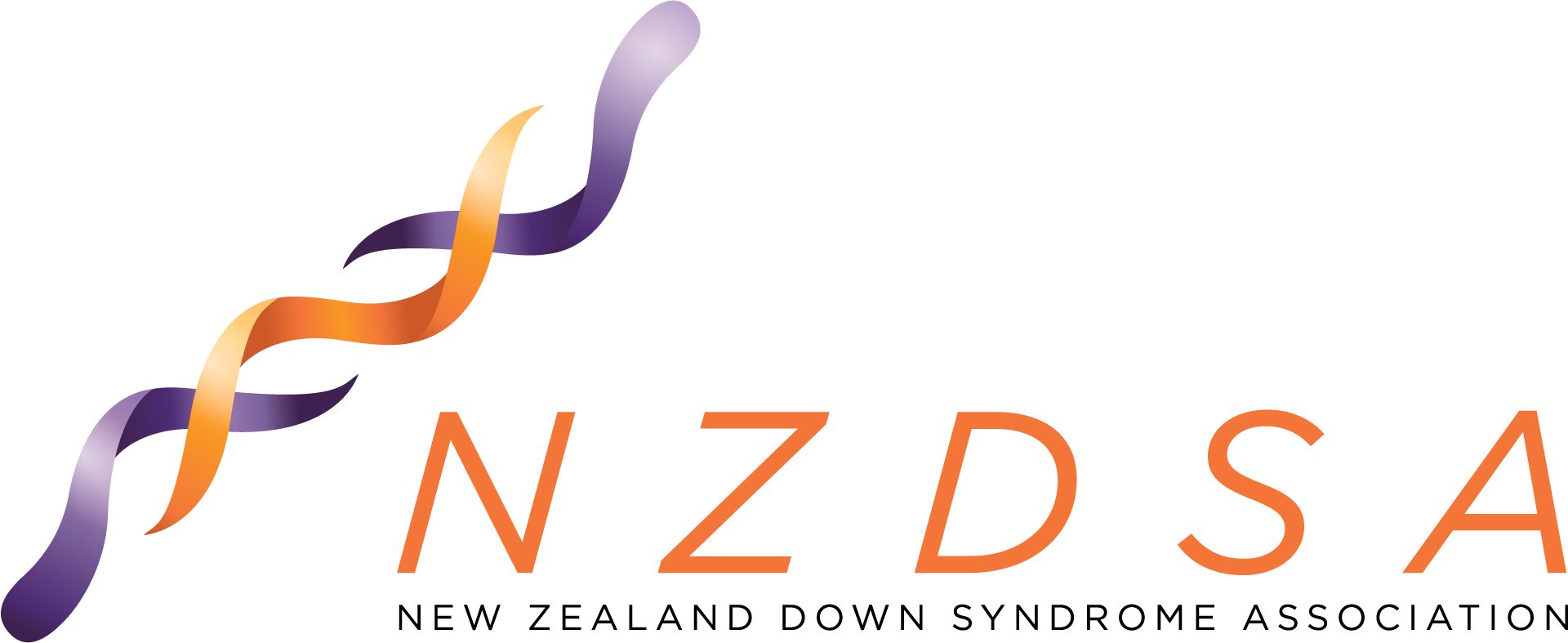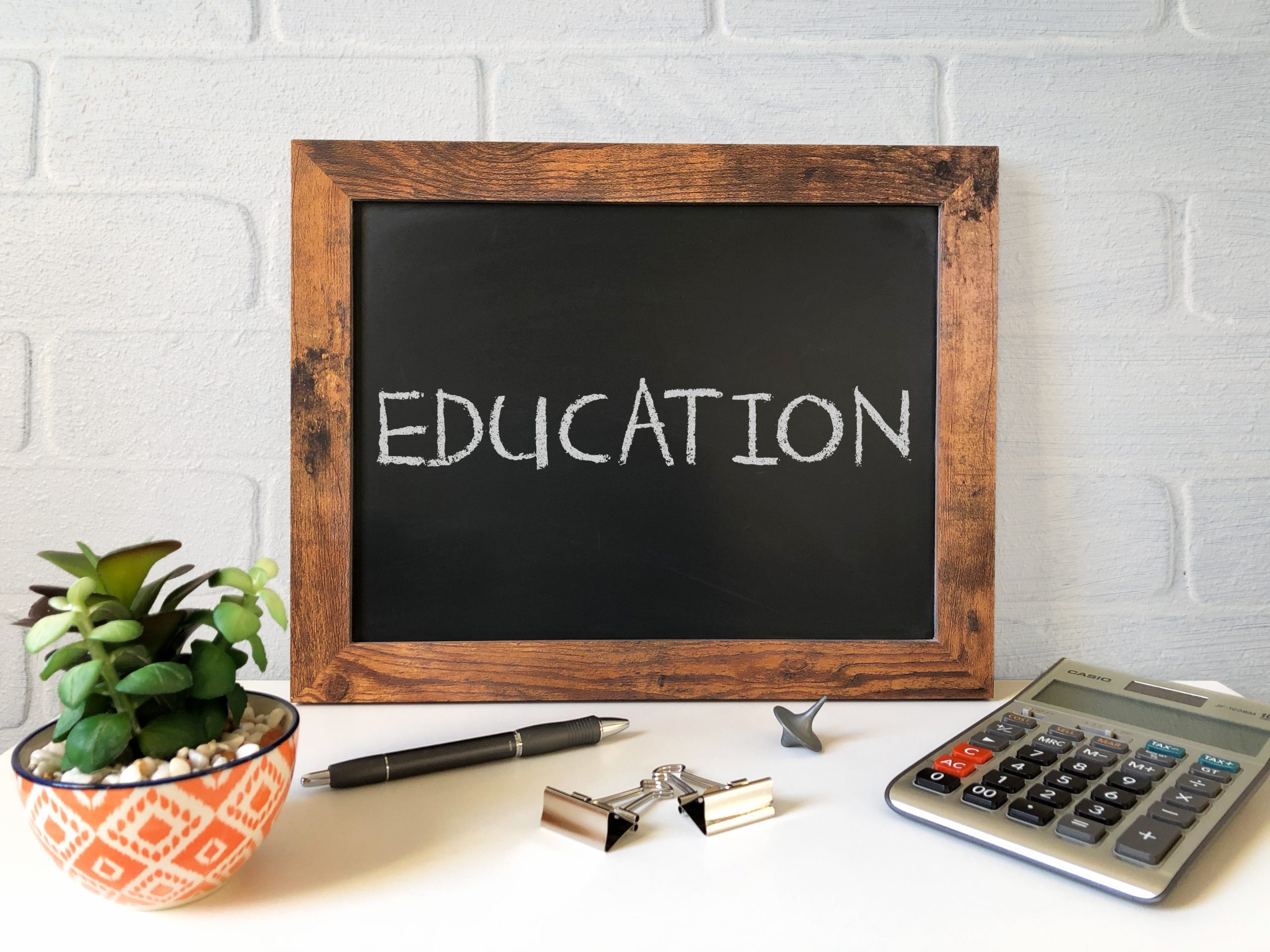In her third article on education, Margi Leech provides tips for families to get their children truly included and get the most of out their time at primary school.
Children and young people learn best when they feel accepted, when they enjoy positive relationships with their fellow learners and teachers, and when they are able to be active, visible members of the learning community.
Enacting Te Tiriti o Waitangi principles, inclusive learning communities do the right thing by learners and communities (tika), with integrity (pono) and with care and sincerity (aroha).
Some schools are following an approach, the Universal Design for Learning. You can read more about it on the TKI website (www.inclusive.tki.org.nz). The guidelines enable teachers to understand and practise inclusive education. These key features are seen in every school and provide multiple means of:
- Engagement – the ‘why’ of learning
- Representation – the ‘what’ of learning
- Action and expression – the ‘how’ of learning
- Provide a good breakfast with lots of protein to sustain their hard work throughout the day.
- Ask the teacher for a goal for each week to do the same at home.
- Use a communication notebook. Realise that a teacher may not have time to write in it every day. The classroom is a busy place!
- Play with construction blocks, building and taking apart.
- Play with inset puzzles, jigsaw puzzles, matching outlines and filling them up with blocks or fabric.
- Have fun with dramatic/pretend play to build the understanding of ‘how many’ and learn social skills
- Play with measuring spoons, jugs, containers, timers, rulers, different lengths of sticks
- To be able to do the activity below, a child would need to understand ‘same’ and ‘different’. Play these activities in a variety of ways, continuing the pattern forwards and backwards, up and down.
- Recognising a problem
- How to solve it
- When and how to ask for help
- Predicting outcomes
- Checking
- Working step by step in a pattern
- Making sequences of patterns.
- Matching Numicon shapes and pictures of Numicon. Learning the colour names.
- Learning about ‘bigger’, ‘smaller’ and ‘biggest’ and ‘smallest’.
- Putting the shapes in order.
- Naming the shapes by number.
- Making the Numicon patterns with counters and objects.
- Matching the patterns to the shapes and numerals
- Joining and separating the patterns to learn addition and subtraction
- Balanced to show ‘equals’
- Repeated addition and subtraction leading to multiplication and division.
- Fractions.

